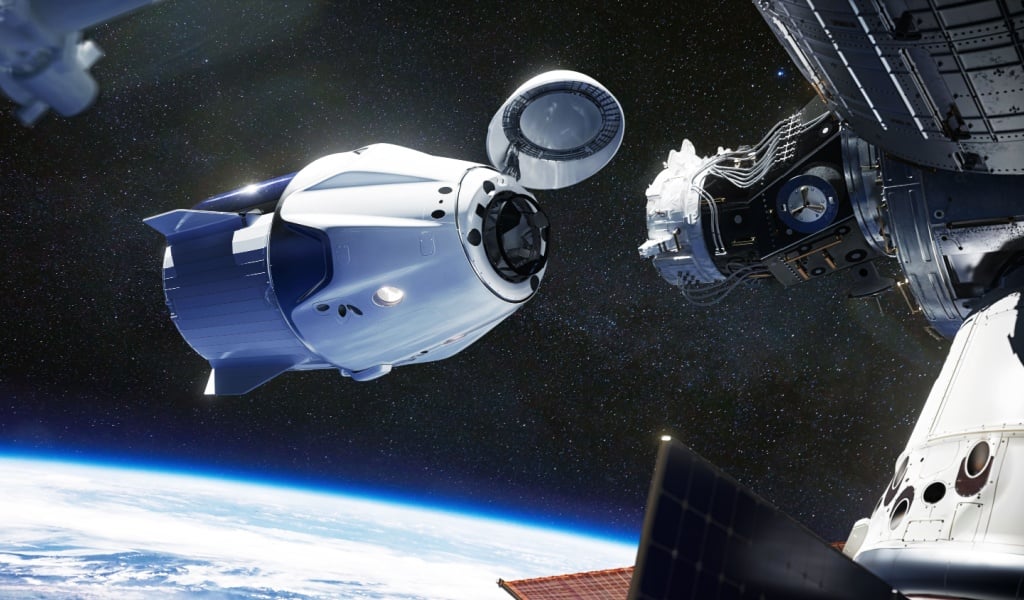In the 1990s, we were taught that Pluto was the ninth planet in the solar system. From doing projects to marking the planets for exams, this has been the classic line: ‘Our solar system has nine planets, and Pluto is the last of them all.’ Surprisingly, this was later proven wrong by scientists when they discovered that Pluto was actually a small rock.
However, the research did not cease there. After officially titling Pluto as the ‘Dwarf Planet,’ scientists are now debating over the fact that there could be another planet lurking at the farthest reaches of the solar system – and no, it is not Pluto! This possibility piques our curiosity about the possibility of something much bigger, stranger, and more mysterious in the solar system.

What is ‘Planet Nine’?
In the year 2016, an astronomer named Konstantin Batygin and Mike Brown from the California Institute of Technology proposed the existence of a large, unseen planet far beyond Neptune. They called this ‘Planet Nine’.
Furthermore, a team of researchers in Taiwan believes that there could be an enormous planet, possibly as large as Neptune, orbiting very far from the Sun. They think this planet is somewhere between 46.5 and 65.1 billion miles away from us!
Why Did We Not See It Before?
Now, if the astronomers’ claims are credible, then why did they not see it earlier? And it is a valid concern! The reason is that the so-called ‘Planet Nine’ is thought to be incredibly far away from the Sun, even farther away than the Earth. Consequently, it receives very little sunlight, so it does not shine or reflect light like other planets. It is probably very dark and cold, making it super hard to spot with the telescope at the early stages.
However, new and powerful telescopes have been developed, making it possible to discover this secret planet.
Will Planet Nine Be A Real Planet? Where’s The Proof?
Even though no one has seen ‘Planet Nine’ yet, scientists feel sure that something big is out there pulling on other objects. The icy objects in the Kuiper Belt are clumping together strangely as if a big invisible planet is using its gravity to herd them into specific paths.
Computer models and new studies suggest that it is unlikely these unusual patterns occurred by chance. Something is causing them, and the most straightforward answer is a large, undiscovered planet.
Dr. Batygin said, “This is no longer just guessing. The proof is becoming real.”
If Planet Nine is located, scientists say it will likely be considered a real planet, unlike Pluto. Why?
Pluto is too small and shares its space with numerous other icy rocks in the Kuiper Belt, which is why it was demoted to a dwarf planet. However, if Planet Nine existed, it would be massive and powerful enough to clear its own space and control the area around it with its gravity.
So, Planet Nine would meet all the official rules to be classified as a planet. Nevertheless, for now, we do not know for sure, although the clues get stronger every year.
The strange movements of distant space rocks make more and more sense if Planet Nine really does exist. To detect the presence of this possible planet, scientists have utilized two specialized space cameras that can capture infrared light. This type of light helps spot extremely cold and distant objects that normal telescopes can’t detect. One set of images was taken in 1983, and the other in 2006. When comparing the two images, they noticed something peculiar: a small object that appeared to have moved slightly. This could mean it is a planet slowly orbiting the Sun. The theory is that it could be moving so slowly that it would take 10,000 to 20,000 years to complete one full trip around it.
If new telescopes spot it and researchers prove that it is a planet, we will finally have an actual ninth planet again, one that is bigger and farther away than anyone had imagined.
Until then, Planet Nine waits, hiding in the cold darkness at the edge of our solar system.

Why Is This Important to Know?
The potential discovery of Planet Nine would revolutionize our understanding of the solar system. This suggests that our solar system is larger and more complex than previously thought. It could also offer insight into planetary formation, migration, and even the possibility that rogue planets are more common than we realized.
“This would be the first real new planet found in modern times, not a planet being removed or renamed, but a completely new, true planet,” says astronomer Mike Brown.
How Big Could This Planet Be?
Scientists suggest that this planet would weigh 7 to 17 times more than Earth, placing it in the same category as the icy planets, such as Uranus and Neptune. Furthermore, it is said that it would be composed of gas and ice, unlike planet Earth or Mars. Because this planet is so distant from the Sun, it would be extremely cold, making it impossible for life to form there.
What About Pluto?
Some people still hope Pluto will regain its status as a planet, but that is unlikely under current definitions. Pluto remains classified as a ‘Dwarf Planet,’ and it has lost its title as a planet because its orbit overlaps with other space rocks. A real planet needs to have enough gravity to clear its path of different objects; unfortunately, Pluto can’t do it.
Unlike the dwarf planet, if this new planet does really exist, it seems to meet all the rules to be anointed as a real planet. It would be large, heavy, and powerful enough to move smaller things around with its gravity.
The Final Verdict: Planet Nine, Waiting in the Dark?
For now, Planet Nine remains theoretical. It is a mysterious hint in the solar system. Every year, the evidence seems to become clearer, and ideas about the planet are becoming much more decisive and more focused.
If future telescopic surveys confirm its existence, Planet Nine will mark the most significant astronomical discovery in decades, and restore our solar system’s planetary count to nine, just not the way we once thought.



